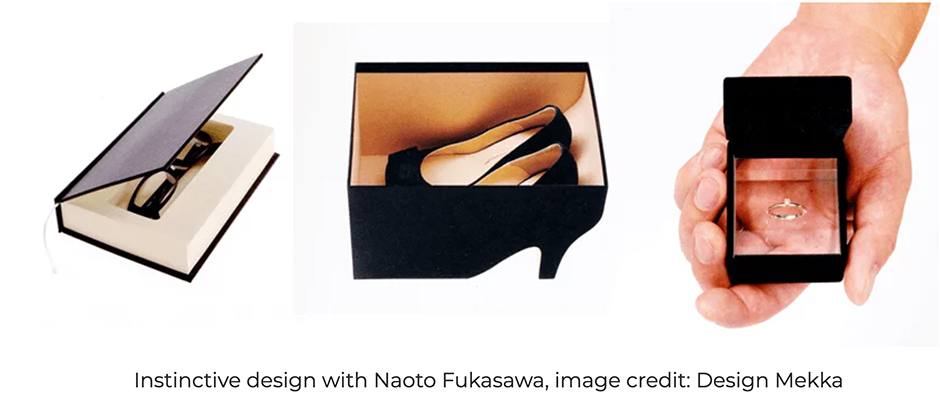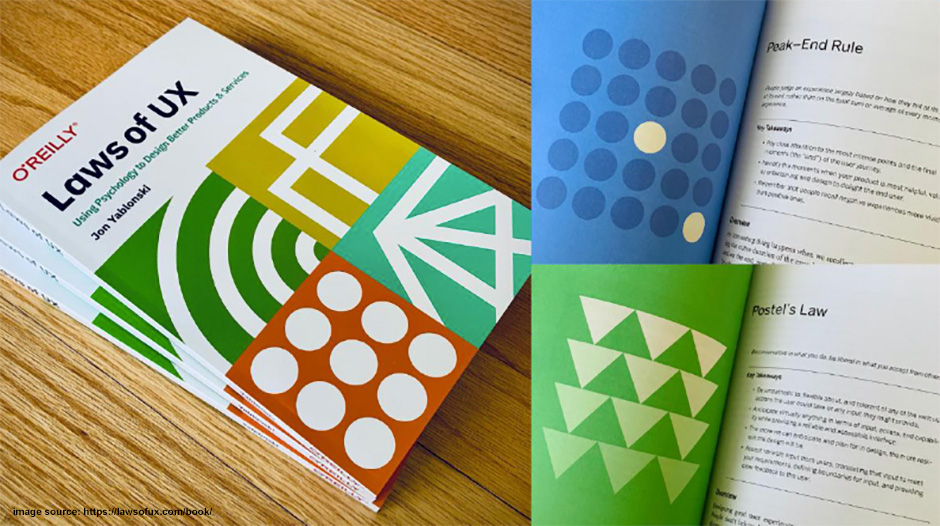Innovation: Philosophy + Principals + Resources
Type: Philosophies/Resources
Adaptive Philosophy:
Collaboration is key to cultivating success across organizations. Specialists and unique experiences inside and outside of the boardroom matter and contribute to the "hive mindset". The hive mindset in the context of design is supporting one another toward the same goal(s). The more alignment across teams and specilities toward the north star, the better the outcome.
Processes, technology and users are continuously adapting and adopting new behaviors. It is important to remain flexible to these shifts and adapt accordingly.
- Great ideas can come from anywhere.
- To cultivate creative ideation you need to be emphatatic, strategic, approachable and adaptive.
- There is no such thing as failure if you learn and shift to success.
- Take ownership, be accountable and do what you say.
- The best thing for the solution may be outside bias or status quo. Be open to new ideas.
- Adapt left and right brain thinking to meet goals and solutions head on.
- It's not work if you love what you do. Pass that on in your solutions.
- Mentorship and education should be sharred - cultivate others on their career journey.
- You don't have to know everything - but find out.
Design Principals:
Understanding the needs of the User is key — put the user/customer at the center of decision making and things will fall into place. By putting the customer at the center of the decision making process, teams can earn the customers trust by understanding their needs, wants, goals and painpoints, and understanding the users questions before they are asked. Research and discovery should allow businesses to be ahead of their customers. Design can help get there.
- Lead with user/customer benefits.
- Shake off internal content and speak to users in relatable language(s).
- Move users forward through the journey.
- Fortify your designs with rationale - surprise and delight, but avoid trends just for the sake of use.
- Great design should be seamless.
- Allow users a way to recover, and a parachutte.
- Be there when the customer/user is ready to commit.
- KISS: Keep it simple, Sue. (A tip of the hat to Johnny Cash" - not a fan of 'stupid.'
Instinctive Design:
Great design, of all forms, should be instinctive, user friendly and adaptive across cultural and technological divides. Japanese industrial designer Naoto Fukasawa questioned why users should have to think about how they interact with their devices, suggesting that they should be 'instinctive'. Design Without Thought, the philosophy from Naoto Fukasawa supports "Finding ideas in people's spontaneous bahavior and realizing these ideas in design is what Without Thought is all about."

User centered approaches make engagement with users instinctive, attribute behavior over guess-work and creation. It is the observation of these human behaviors that enlighten and develop new ideas. Design principals, research and planning inform decisions to minimize adaptibility, reduce friction and drastically improve user engagement and adoption. Now more than ever companies are looking at processes of the past and standard ways of doing things to evolve the status-quo and adopt to the ever changing work of today.
The Laws of UX/Jon Yablonski:
Laws of UX is a collection of best practices that designers can adapt to their toolkit and consider when building user interfaces. Covering, heuristic, principle, gestalt and cognative bias, and a resource for understanding user psychology and how users specifially interact and behave with digital interfaces. Jon's Laws of UX are compiled within box, card and additional formats. I would not be able to write anything about process without paraphrasing these resources and the collection of insights within them.
